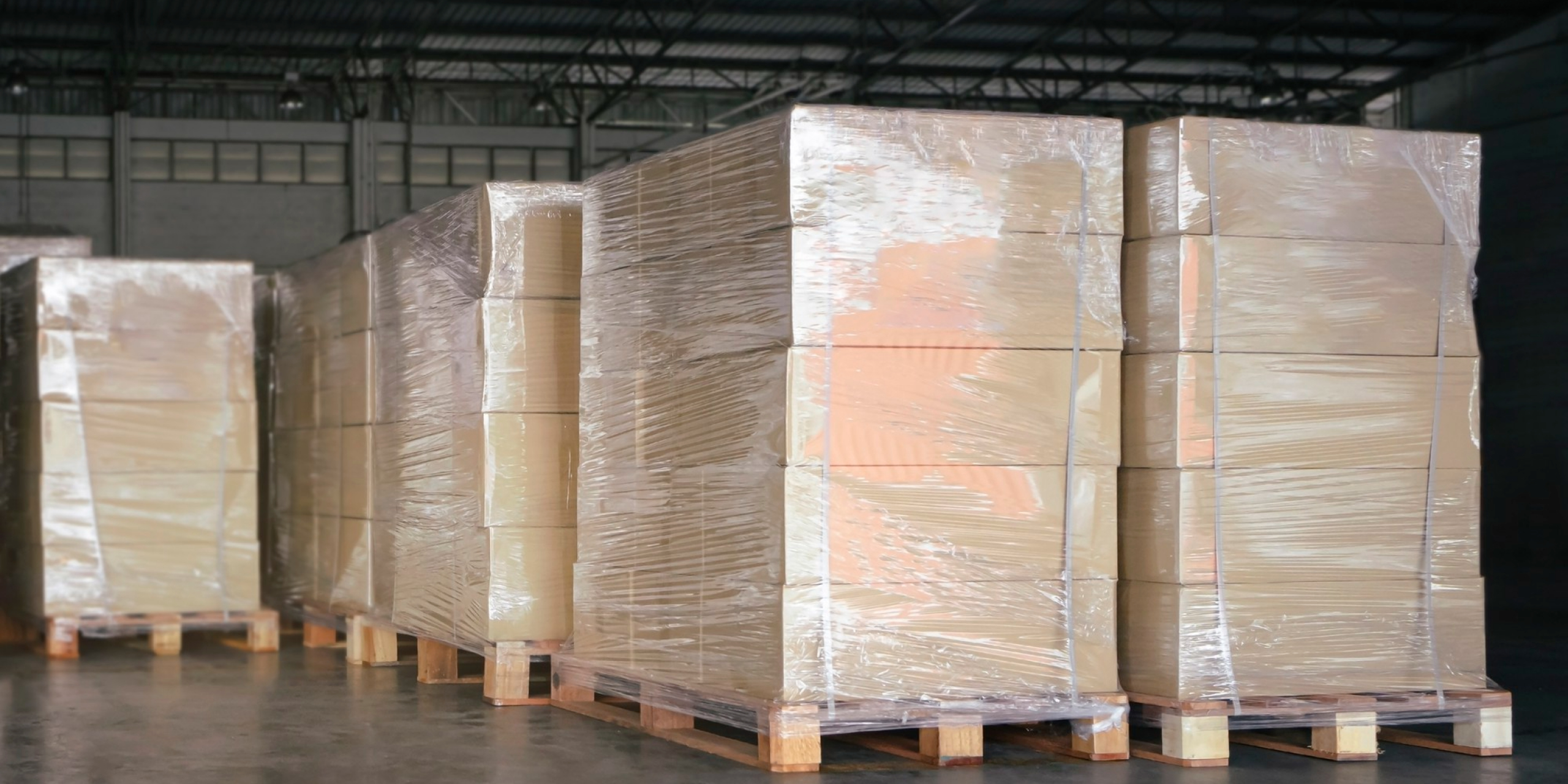The Fragile Goods Handbook: Safe Storage Techniques for Warehousing

In a warehouse, it’s easy to assume that robustness rules all. But for entire industries—from electronics and medical devices to ceramics and glassware—the challenge isn’t just how fast you move a product, but how gently.
Fragile goods are items that can break or get damaged easily if not handled with care. They are characteristically sensitive to pressure, impact, or sudden movements, and thus, require a fundamentally different approach when it comes to their handling and infrastructure.
The role of warehouse developers is to design spaces that prioritise control over chaos, and design over damage control via facilities that support the careful handling and storage needs of businesses through purpose-built approach.
Infrastructure That Fragile Cargo Needs
Packaging-Conscious Infrastructure: Fragile goods often come with their own safety net—foam wraps, bubble insulation, tilt sensors, or multi-layered boxes. But protective packaging can only do so much if the facility itself doesn’t play along. Smooth surfaces, wide bay doors, and impact-absorbing materials become essential. Floor finishes, ramp gradients, and edge detailing should all be calibrated to reduce jostling during loading and unloading. Tilt-sensor cartons and fragile-labelled goods need gentle pathways so teams can move with confidence, and fragile items stay protected through every stage.
Visibility and Labelling Integration: Clear communication is more than just protocol; it is part of the physical space. Surfaces should be compatible with labelling, directional signages must be easy to spot, and zones for fragile goods clearly marked. Facilities must support visual clarity at every level: marked routes, labelling surfaces, and cues like “This Side Up” need to be read and respected by both people and processes.
Shelving and Storage Configuration: You want your fragile goods far away from chaos. That means separating them from forklifts, high-traffic aisles, and precarious stacking arrangements. Soft-shelved or foam-lined zones work best, with a layout that discourages stacking unless structurally viable. The goal is to reduce crush risk and make room for gentler handling.
Safety Focussed Zoning: Safety starts with space. Whether it’s a low-traffic zone or an isolated bay, fragile items benefit from warehouse zoning that allows them to be stored—and accessed—away from high-speed movement. Wide column grids help clients plan racking configurations and safe storage layouts, while slab strength and flatness reduce vibration and stress. A well-zoned site allows for better control, from circulation paths inside the building to clearly marked signages outside. If your wayfinding system breaks down at the park gate, it isn’t doing its job.
Supports Skilled Handling: Passive design choices matter. Subtle things like safety decals, instructional signage, and strategically placed visual cues become reminders for on-ground teams, reinforcing proper handling protocols without constant supervision.
Temperature-Controlled Infrastructure: Some goods require more than safe storage. They require stable environmental conditions to maintain their integrity. That means designing temperature-controlled zones with insulation, humidity controls, and automated climate systems. Stable temperature and humidity ensure that high-value or sensitive goods remain undamaged across seasons and throughout their lifecycle in storage.
Provision for Specialized Tools: Foam-packed artworks, precision instruments, or sensitive electronics often require soft-lift forklifts and padded carts. That’s why load-bearing specs and floor tolerances need to be designed accordingly. Circulation paths should allow for gentle, calibrated transport with minimal vibration.
Controlled Access and Movement Design: Not everyone should walk through a fragile zone. Controlled access through designated entry points ensures only trained personnel and compatible equipment interact with these areas. Which means less crowding, fewer accidents, and smoother operations.
Built-In Environmental Consistency: When fragility goes beyond breakability—think chemical stability, condensation risks, or ambient-sensitive goods—you need warehouses that are designed with thermal consistency in mind. From vapor barriers to HVAC-compatible walls and insulated roofing, everything must work together to reduce energy loss, maintain temperature bands, and preserve product quality.

What A Good Warehousing Developer Brings to the Table
As Grade A warehouse developers, we aim to build our facilities that tick all the potential boxes a customer dealing with fragile and sensitive goods might need. This includes providing wide loading bays with appropriate dock heights and precise and smooth surfaces so that there is as less impact on the goods as possible. Our attention to detail extends to the floor loading capability and finishes, ramp gradients, and the edge detailing of these areas. In anticipation of potential operational needs, we make the provision for customisable zones that allow clients to segregate fragile inventory from high-traffic areas. Additionally, these are facilitated with clearly demarcated circulation paths, flexible storage bays, and wide column grids that can accommodate both safe racking configurations and unobstructed equipment flow.
While shelving systems or foam-lined units are client-driven choices, our role is to ensure the infrastructure is adaptable enough to support them—whether that means vibration-isolated zones, low-stack layouts, or slab strength and flatness engineered to reduce shake and stress. We also ensure that wayfinding communication, safety reminders, and zonal clarity continues beyond the warehouse floor. Our parks are designed with external explicitly defined zones, wayfinding signages for comfortable navigation, and intuitive layout logic so that your internal labelling and routing systems stay coherent throughout the movement of goods, from inbound docks to last-mile dispatch.
For goods that require stringent climates, we have the capability to design warehouses to support temperature-controlled operations by integrating the right physical infrastructure from the outset. This includes high-grade insulation, vapor barrier protection, and roof and wall panels compatible with HVAC retrofits. We factor in ventilation planning, energy-efficient lighting, and ceiling heights that allow for seamless integration of client-supplied cooling systems—whether for chilled, ambient, or sub-zero zones.
By ensuring the thermal performance of the building shell, we help reduce energy loss, maintain consistency, and create the conditions our clients need to store and move fragile inventory with confidence.
Final Note
Fragile goods require more than just careful handling—requiring an environment that is purpose-built to reduce risk at every stage of storage and movement. As warehouse developers, we focus on delivering infrastructure that anticipates those needs. From material choices to zoning layouts, every detail is planned to support operational safety, consistency, and precision. By creating spaces that align with the demands of fragile cargo, we empower businesses to manage sensitive inventory with confidence and consistency.